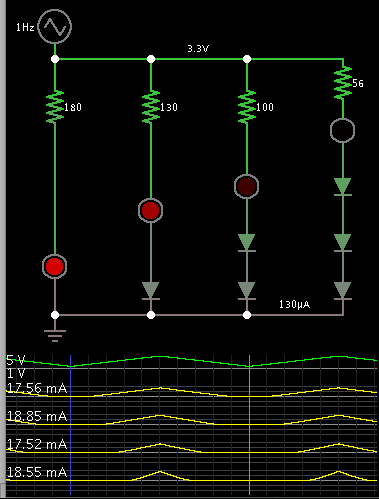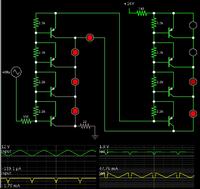mondo90
Junior Member level 1
Hello, I am looking for circuit which is able to detect voltage changes without help from chips. Let's say I want to turn on diodes accordingly to voltage magnitude, voltage is low - one of four diodes is on . With help of microcontroller and ADC it is simple, can be done without micro... ?
Thanks.
Thanks.

